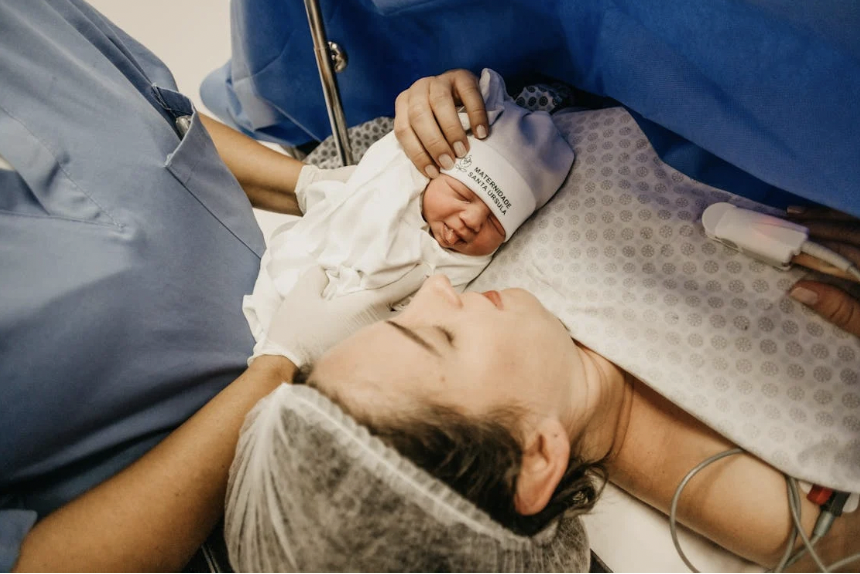
The joy of a new baby’s arrival can be tragically marred for some by birth injuries. In the U.S., around six to eight per 1,00aft0 live births result in these injuries. While some complications are unavoidable, many stem from medical errors. Understanding these common errors can help families explore options for a birth injury settlement.
Failure to Adequately Monitor Fetal Distress Sign
Modern labor wards are equipped with fetal monitoring systems designed to track the baby’s heart rate and detect signs of distress. The baby’s heart rate patterns provide vital cues about their well-being. When these patterns indicate the baby isn’t receiving enough oxygen, a prompt and appropriate response is crucial.
Delays in recognizing and acting upon fetal distress like failing to expedite delivery or perform a timely Cesarean section (C-section), can lead to severe and permanent injuries like hypoxic-ischemic encephalopathy (HIE) and cerebral palsy. This medical oversight is often highlighted in claims where families pursue a birth injury settlement.
Misuse of Birth-Assistive Tools
Forceps and vacuum extractors are sometimes used during delivery to help guide a baby through the birth canal. However, if used improperly or without clear medical need, these tools can cause serious injuries such as skull fractures, facial nerve damage, or intracranial bleeding. These types of trauma often result in long-term disabilities and are a frequent factor in birth injury lawsuits.
Delayed C-Section
Timing is everything in labor. When a baby is in distress, maybe due to abnormal heart rates, lack of oxygen, or umbilical cord issues, a cesarean section may be urgently required. A delay in performing a necessary C-section can cause permanent brain damage, including hypoxic-ischemic encephalopathy (HIE), or even stillbirth. This is one of the leading causes of litigation and birth injury settlement requests across the U.S.
Incorrect Medication or Dosage
Administering the wrong medication, or giving the right drug at the wrong dose, during labor can have tragic consequences. Overuse of labor-inducing drugs like Pitocin can cause uterine hyperstimulation, reducing oxygen supply to the baby. Anesthesia errors can also compromise both maternal and fetal health. When such medication errors result in injury, hospitals may face substantial liability.
Negligent Prenatal Care
The roots of some birth injuries can be traced back to prenatal care. Medical providers are expected to screen for conditions like gestational diabetes, infections, or preeclampsia, which can all increase the risk of delivery complications. Failure to detect or properly manage these conditions is often grounds for a birth injury settlement, particularly when warning signs were missed over weeks or months.
Poor Communication Between Medical Staff
Hospitals rely on teams of doctors, nurses, and specialists working together under pressure. When communication breaks down, especially during shift changes or emergencies, the results can be catastrophic. Vital instructions may be misunderstood or not relayed in time, leading to delays in treatment and preventable harm to both mother and child.
Inadequate Response to Umbilical Cord Complications
Umbilical cord problems, such as cord prolapse or nuchal cord, require swift medical action. Failure to recognize and address these conditions in real-time can result in oxygen deprivation or stillbirth. These are among the most emotionally devastating cases, often resulting in legal action and demands for financial compensation.
Endnote
Medical negligence causing birth injuries brings immense emotional and financial strain, with substantial long-term care costs. Understanding common errors is crucial for families seeking accountability and exploring legal options like a birth injury settlement for their child’s future. Consulting specialized legal professionals is essential to understand rights and determine if negligence occurred.
By: Chris Bates









